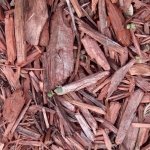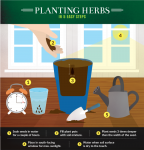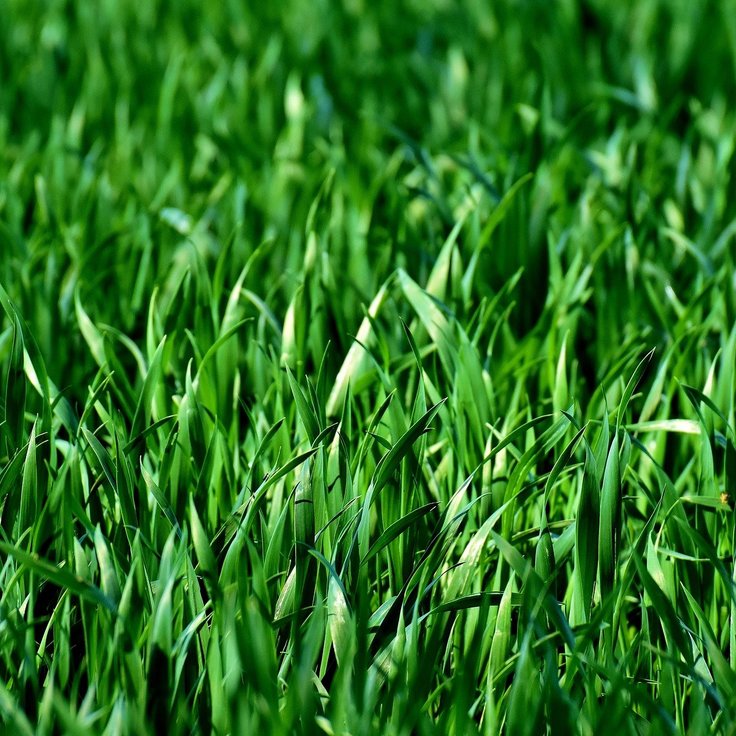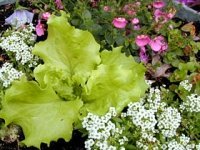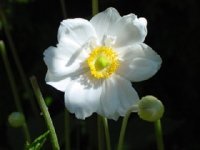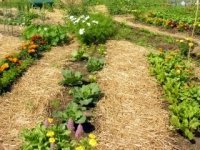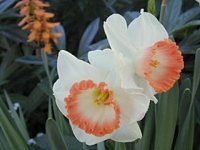October Reminder
Remove Dead Annuals
Completely remove frozen or dead annuals from the ground. Add fresh compost to the areas where annuals are removed and overplant with cool-loving pansies, violas, and flowering kales. The burst of color will brighten the landscape before the snow blankets the garden.
Finish Dividing Iris Clumps
This is the last call to lift and divide crowded iris clumps. Use a spading fork to lift the clumps and separate into new divisions. Discard the center rhizomes and any that are hollow or mushy. Add fresh compost to the soil where the new iris will be relocated. Water in the new divisions thoroughly.
Mow the Leaves
If there is just a light covering of leaves on your lawn, mow over them without a bagger attachment. The small leaf pieces will sift down between the grass blades to enrich the soil. When a heavier layer covers the lawn, add the bagger to collect the fallen leaves as you mow. This will chop them into smaller pieces so when you add them to your compost pile they will break down more quickly. Plus, it will tidy up the lawn.
Add Organic Matter to the Vegetable Garden
Once the vegetable garden has been cleaned up, spread a generous layer of coarse compost or rotted manure over the area. Turn the organics into the soil to a depth of 6 inches or more. Leave the ground rough to allow the alternate freezing and thawing to break down the amendments and improve soil structure.
Recycle Coffee Grounds
Add used coffee grounds to the soil around roses. They are a good source of organic matter and add some minor nutrients to the soil. You can also add them to the compost pile, scattering them between the layers of leaves and grass clippings to help feed the microorganisms that break down the organic materials.
Read more here - National Gardening Association

